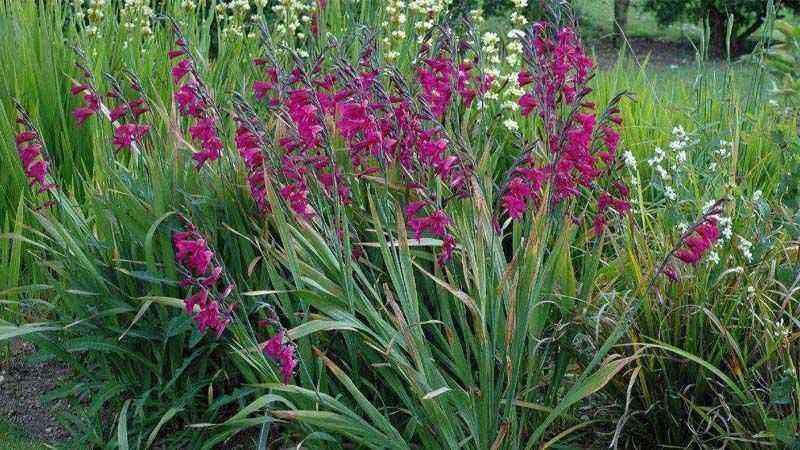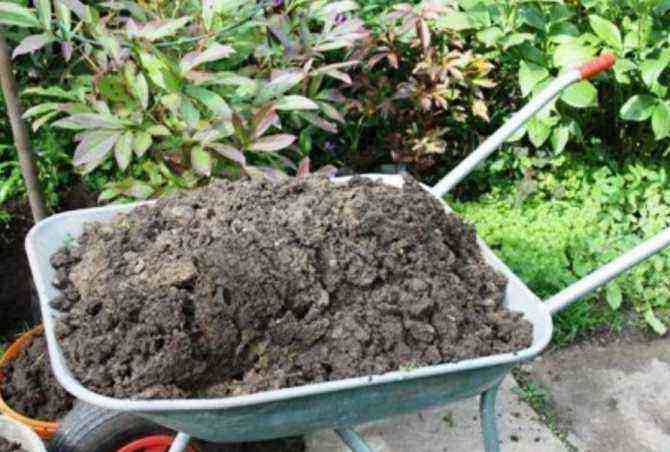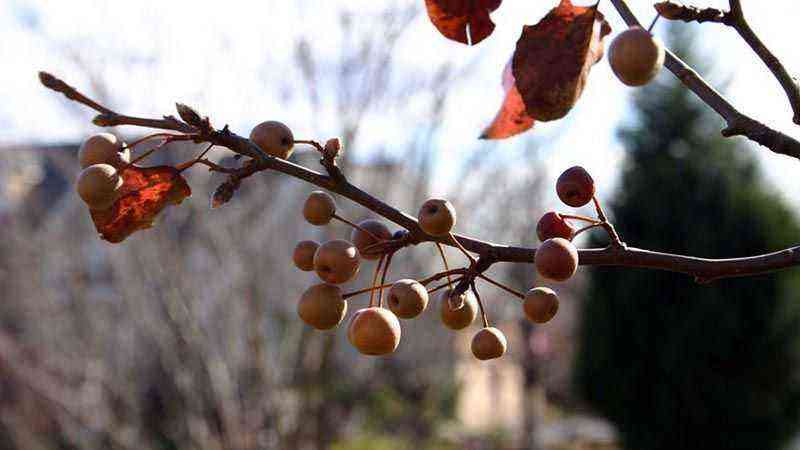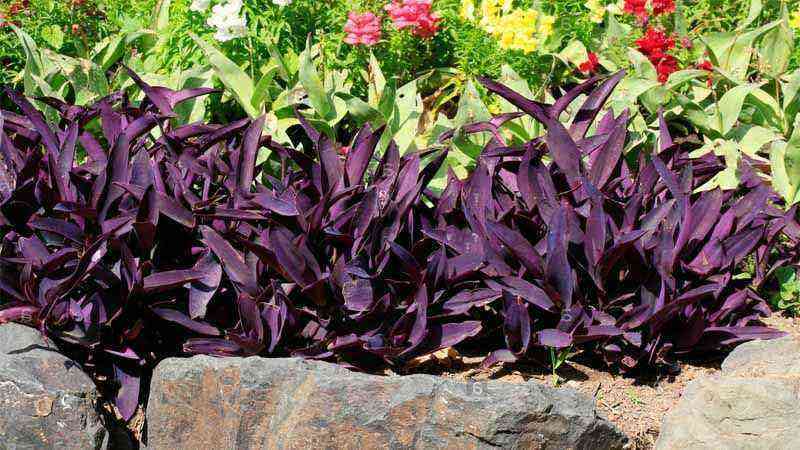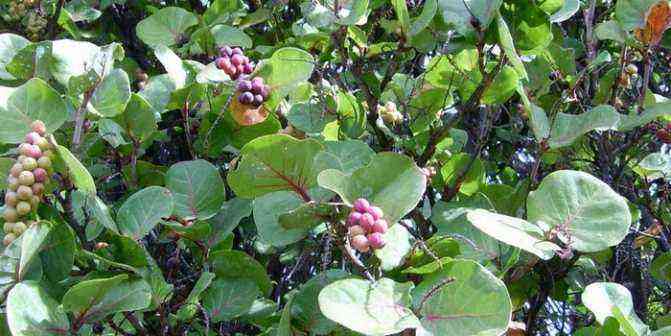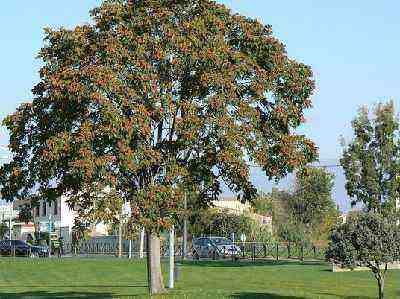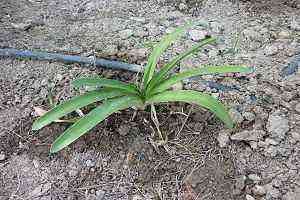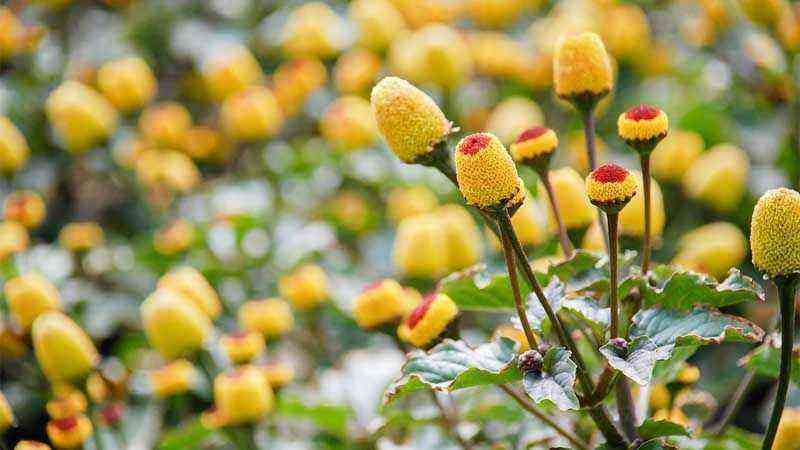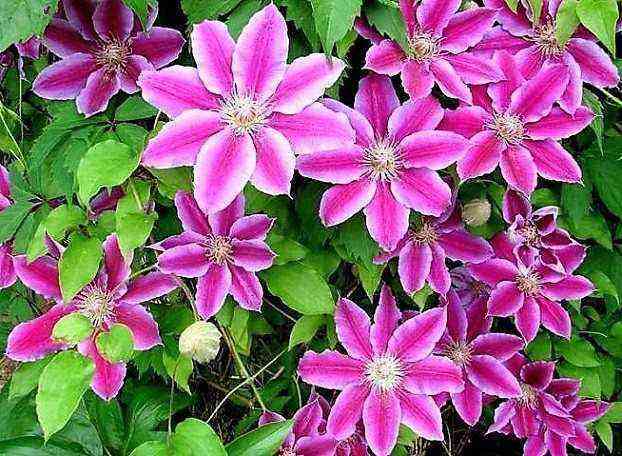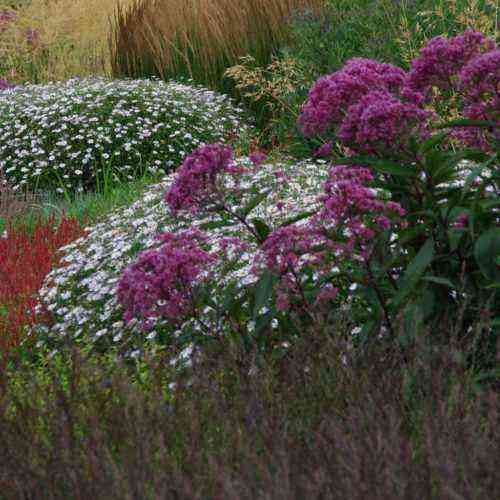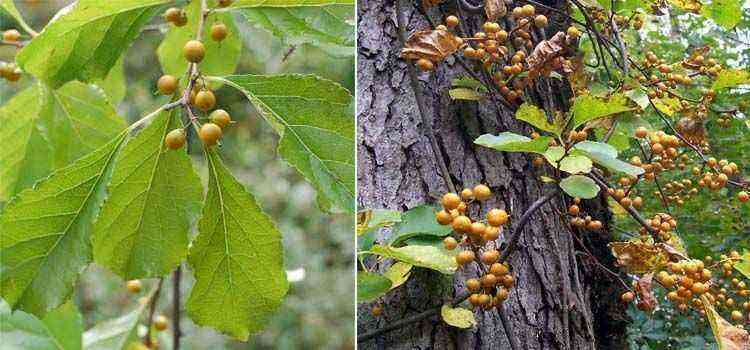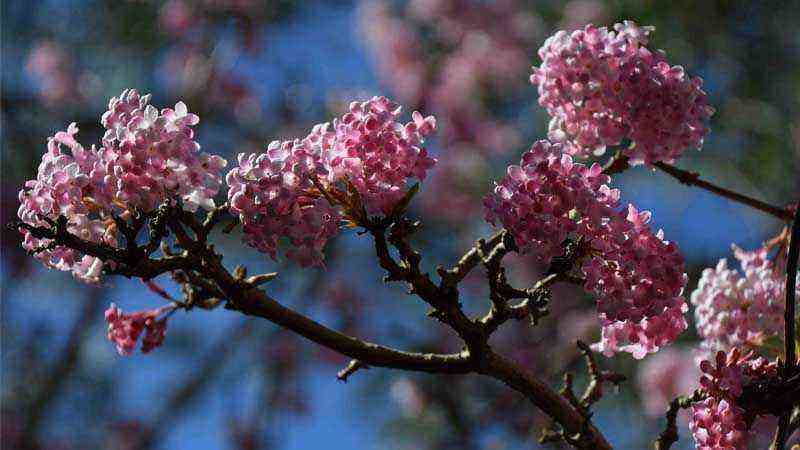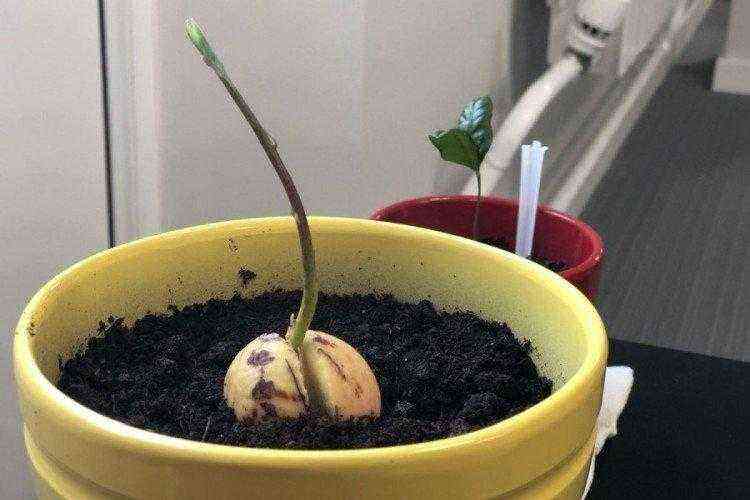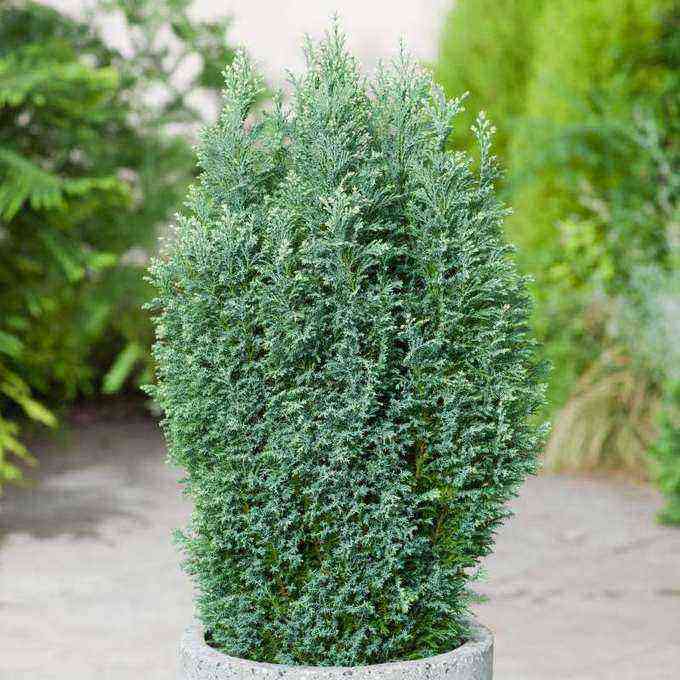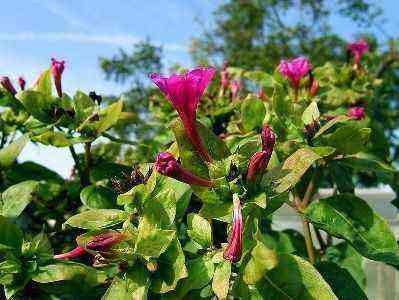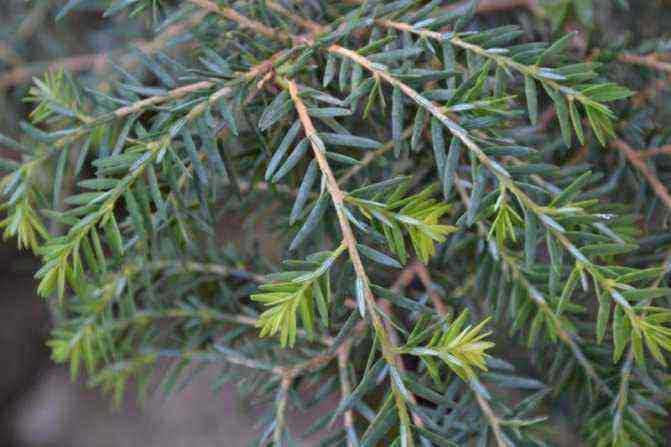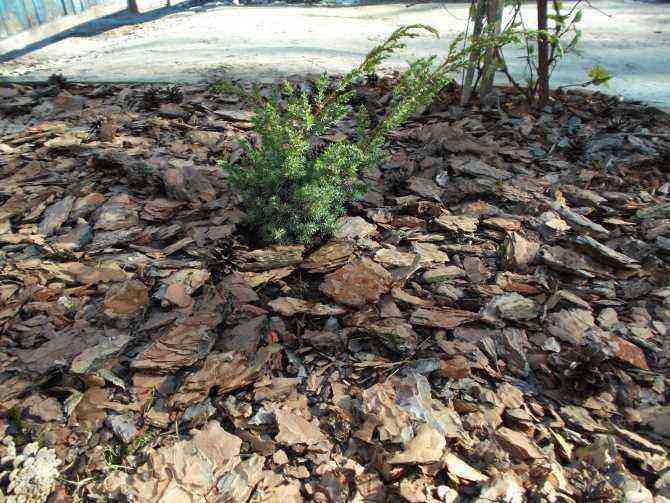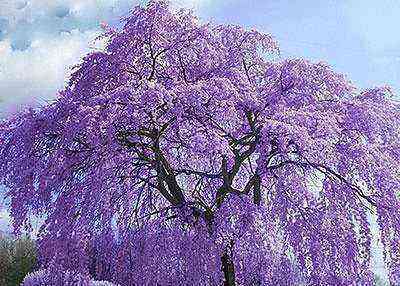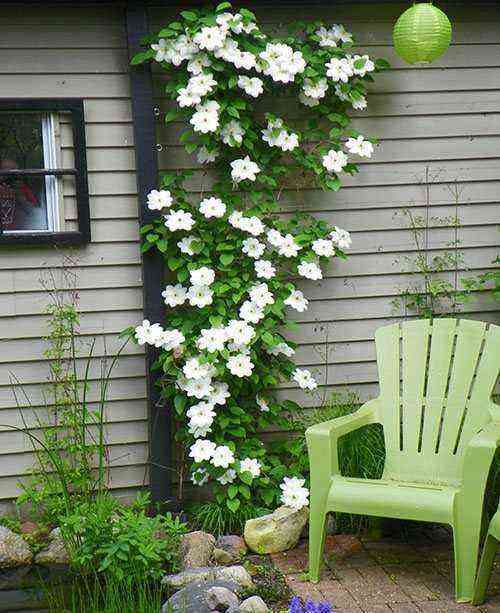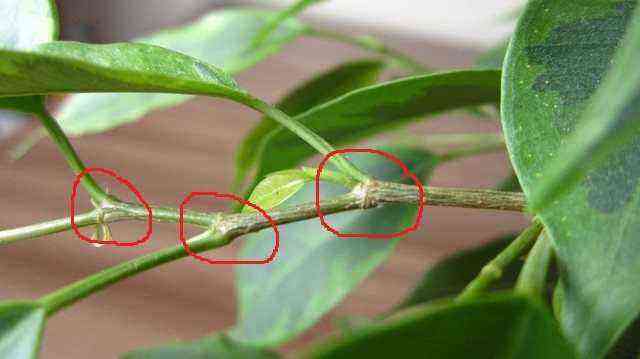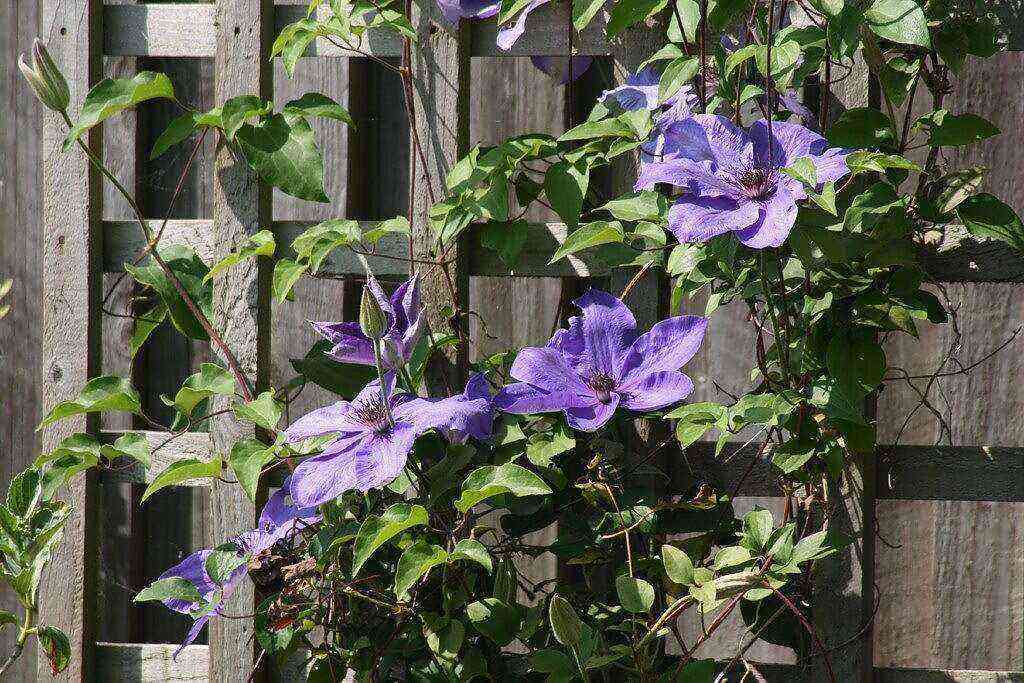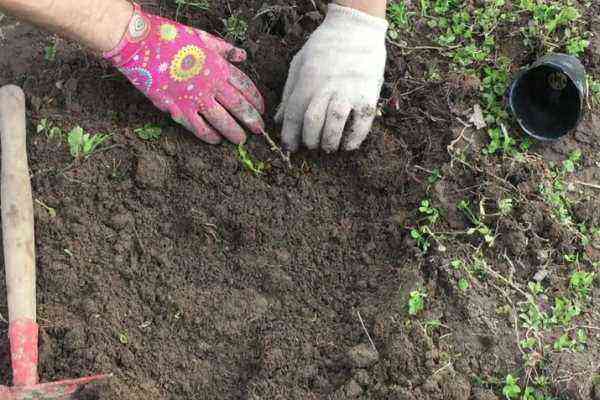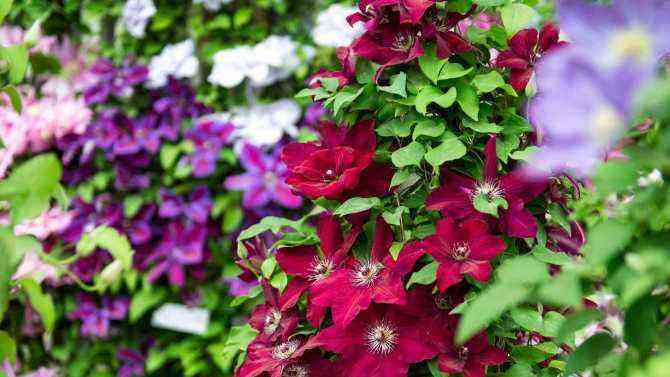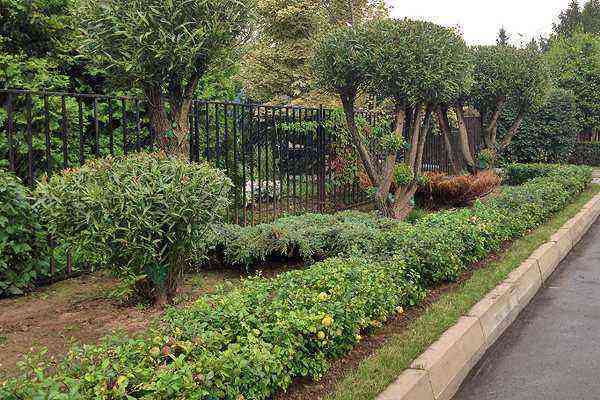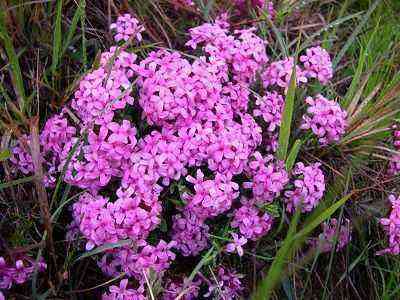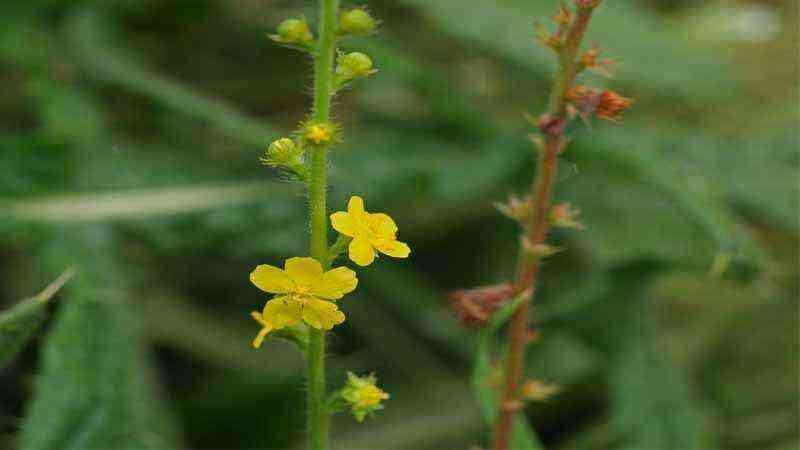Today, in Agromática, let’s talk about the gladiolus, a well-known and cultivated plant for a long time, belonging to the family of the iridaceae. As it is an ornamental crop with very showy flowers, there is no reason why you cannot grow it as long as the ideal conditions are given in your garden. Are they given? You can check that right now …
The care that the gladiolus needs
The gladiolus comprises 180 species that are native to almost the entire world, Europe, Africa and western Asia, although it is in Africa and specifically in South Africa where more species have been found.
The curious name of gladiolus comes because the shape of the leaves is similar to those of a sword, which in Roman times, where this plant was already known, was known as gladius, so that from gladius it was derived from gladiolus.
In fact at that time the gladiolus was a symbol of victory and prosperity, so it was given to the gladiators once they won. As you can see, everything has the same root, gladiator, gladius and gladiolus. Curious right?
Climatic requirements in gladiolus cultivation
Temperature
La optimal temperature for development gladiolus is between 20-25 ºC during the day and 10-15 ºC at night. That is to say, a day and night temperature difference of 10 and 15 ºC. In the first moment, when the plant is small, it needs a warm temperature, between 20 and 25 ºC to stimulate the development of the roots, which is very important for the growth of the plant.
Luminosity
Gladiolus is a plant that constantly needs light conditions, and above all there is a point, in floral initiation, where it is most important to get the correct solar radiation. Therefore, to grow gladiolus we need a place in full sun and where no shadows of any kind are generated.
RH
For the correct development of gladioli you need a relative humidity between the 60 and 70%, since below this figure its growth slows down significantly.
Soil characteristics
Some of the characteristics that the soil where we grow gladioli must have is that it is light and has good drainage. We already know how to improve the drainage of a soil, so there will be no problem with our soil when cultivating.
Referring to the content of organic matter, this must be abundant so that in the subscriber we will count the periodic contributions of organic or inorganic matter that we must make.
Regarding the pHSlightly acid soils, between 6 and 7, are good for it. Be very careful with very limestone soils because chlorosis problems will appear constantly, such as iron chlorosis or magnesium.
Water needs
The period in which irrigation control is most needed is at the beginning of the crop, where the bulb requires more attention to produce roots.
En general, it is a crop that needs a lot of water, but always knowing the structure of the soil, because we must never allow the soil to puddle due to insufficient soil drainage, and problems such as root asphyxia appear.
Gladiolus fertilizer
As we have discussed before, the gladiolus needs a good amount of compost for its optimal development. An indication would be that the earth had around 2% organic matter, but that value is useless to us since it is not practical (How do I know without carrying out a laboratory analysis the percentage of OM in my soil?) .
We can make a bottom fertilizer before planting the gladioli with NPK fertilizers (10-10-20 or 10-20-30) at a rate of 1000 kg / ha as well as apply manure or bottom compost. You can use superphosphates (500 kg / ha), ammonium sulfate (500 kg / ha), or what is the same, 0,5 kg per square meter
Tutoring needs
Given the elongated shape of the flower (sword shape) in most species of gladioli tutors are needed that maintain the growth of the plant. Depending on the number of gladioli you have planted, you can use lines with string and mesh (for many plants) or reeds or wooden sticks for each plant (few plants).
A world of varieties of gladioli to discover
The cut flower production of roses, carnations and even gladioli allows new and different varieties to develop each year by spontaneous crosses and mutations.
In this crop, there are a very large number of varieties with flowering of different colors. Some of them are the following:
- Gladiolo ‘Advance’
- Gladiolo ‘Charm’
- Gladiolo ‘Dark Sky’
- Gladiolo ‘Priscilla’
- Gladiolo ‘Red Cascade’
